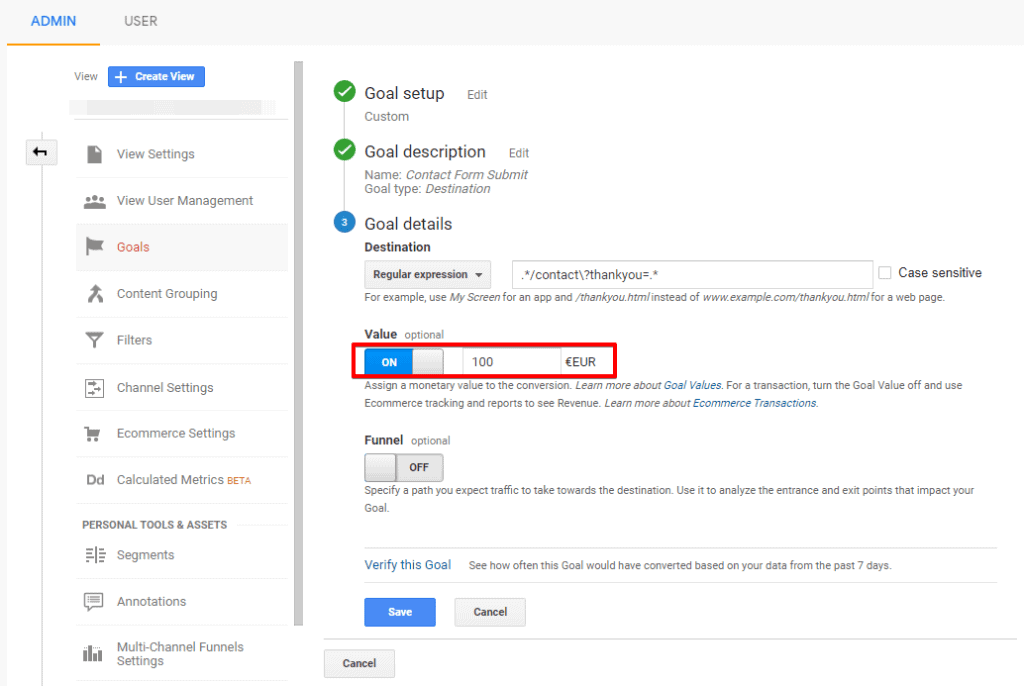There are various types of goals that are available for your site in Google Analytics. These goals include Duration, Pages/Visit, and Events. We will go through each type of goal in detail in this article. We will also discuss the advantages and disadvantages of each goal and how they can be used for different use cases. If you are unsure about which goal to choose for your website, please consult this article. The content on this page is not exhaustive, but it will give you a good overview of the available options.
Also Read: seo services goosuggest
Duration
In Google Analytics, goals are only tracked as metrics in the forward direction, from the time they were created. However, you can access pre-Goal numbers through filters and custom segments. You can also report retroactively using Google Data Studio. There are filters, segments, and calculated fields that let you report on historical data. If you want to report on goals from the past, read on! Here are some tips. You should know!
To track engagement, use the Duration of goals. A Duration goal represents the amount of time that users spend on a specific page or screen. The goal counts the number of people who visit a particular page or screen, as well as their value. Duration goals can be difficult to align with business objectives, however. A good example of an engagement-based goal is “pages/screens per session.” This goal can be set to measure how long a user stays on a particular page.
Pages/Visit
In Google Analytics, you can set up a goal for pages/visits. Pages/visits is a great way to track how many pages your prospects view in a single session. Setting up this goal is similar to setting up a Visit Duration goal, but this goal encourages visitors to visit several pages of your website. Pages/visits goals are most often used on customer support websites. This goal type requires some more complicated setup.
You can even use the results of these goals to develop new marketing campaigns. If you’re planning to market to non-conversion customers, this metric is crucial. It shows engagement with your content and changes in brand perception. Google Analytics also allows you to set up event goals, which track conversions. With this, you can tailor your marketing efforts to the events that occur on your site. This helps you gauge the effectiveness of different marketing strategies.
Event
Event goals are a great way to track user engagement and conversions on your website. This type of goal requires that a certain value (e.g., a dollar amount) is reached. You can assign a value to each event, such as a ‘one’ if a visitor submits a form. You can also set a threshold, such as a ’50’, to track leads worth $50. You can even choose not to assign a value to an event. Either way, it still works.
The most common use of Event Goals is to track user actions on a website. The events can be related to conversions, such as downloads of an important PDF. They can also track other key business interactions, like calls to your organization. In general, you should create multiple goals, and use them to track key metrics. But, how do you set up and define Event Goals? You’ll find out in this article.
